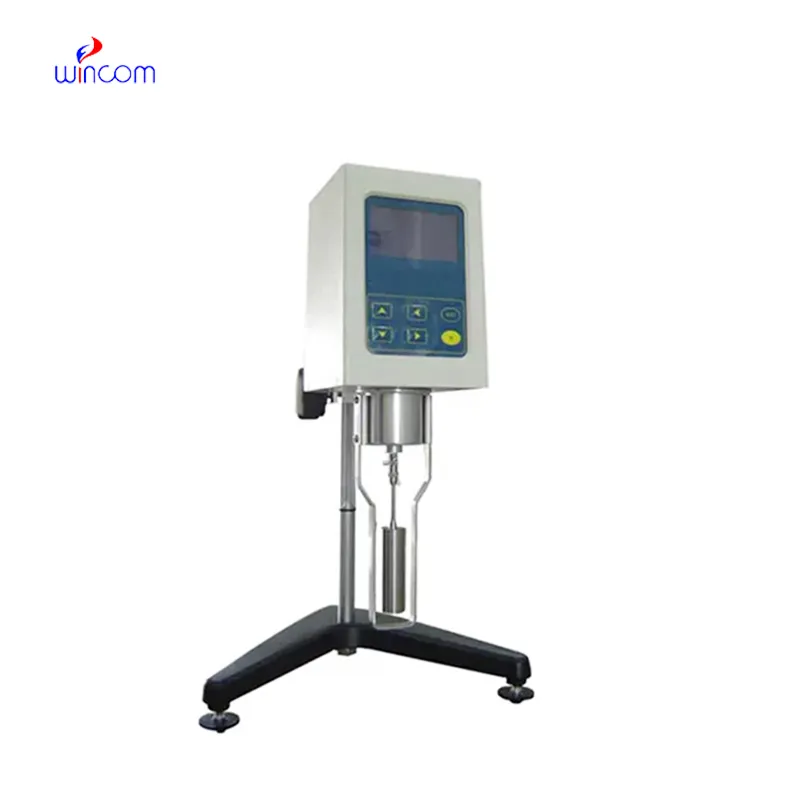
The adipose tissue microscope pairs simple controls and precise optical alignment for smooth switching between magnifications. distortion is minimized and depth perception is enhanced with quality glass lenses. a sturdy frame and vibration-dampening base contribute to stable imaging, even under extensive use. The adipose tissue microscope features integral LED illumination with adjustable intensity for precise light control, providing crisp and clear viewing of biological or material samples for research and educational studies.

Applications of the adipose tissue microscope include nanotechnology and public health. In biotechnology, it provides visualization of genes and interactions of cells. In food safety testing, the adipose tissue microscope identifies contaminants and microorganisms that affect product quality. In materials engineering, it assists in failure analysis and accurate measurement of microscopic structures. The adipose tissue microscope also finds application in archaeology, enabling scientists to study mineral residues and microfossils that reflect environmental conditions in the past.

The future of the adipose tissue microscope is influenced by digitalization and smart automation. More efficient imaging sensors will allow the adipose tissue microscope to identify three-dimensional structures with unprecedented precision. Artificial intelligence will analyze microscopic images, reduce human errors, and optimize research productivity. Wireless communication and cloud connectivity will facilitate collaboration globally with remote monitoring and immediate data exchange. The adipose tissue microscope will be an entirely networked instrument that closes the gap between laboratory precision and data-driven research outcomes.

Users should implement a routine maintenance plan to ensure the adipose tissue microscope remain in excellent working condition. Clean all optical parts using a blower or soft brush initially before a thorough cleaning. Do not disassemble the instrument at any time save by qualified individuals. Use light lubricant on moving parts to prevent stiffness and wear. The adipose tissue microscope should be kept in a chemical fume and moisture-free environment. Power cables and lighting systems should be checked regularly for signs of premature deterioration or breakdown.
The adipose tissue microscope bridges the visible and invisible by rendering small particles and organisms visible. Using a lens system and controlled light, the adipose tissue microscope enables scientists and students to study samples with utmost precision. It has diverse applications in medicine, biology, electronics, and quality control. Digital and fluorescence forms extend study accuracy, simplifying visualization and data recording in most areas of science.
Q: What distinguishes a digital microscope from a traditional one? A: A digital microscope integrates cameras and imaging software, enabling users to view, capture, and analyze images directly on a computer or monitor. Q: How can vibration affect a microscope? A: Vibration can cause image blur or misalignment, so the microscope should always be placed on a stable, vibration-free surface. Q: What safety measures should be taken when using a microscope? A: Avoid touching optical parts with fingers, use slides carefully, and ensure electrical components are safely connected before operation. Q: Why is immersion oil used in some microscopes? A: Immersion oil increases the refractive index between the lens and specimen, improving resolution and brightness at higher magnifications. Q: How can you prevent mold growth in a microscope? A: Store the microscope in a low-humidity environment and use desiccants or dehumidifiers to keep optical components dry and mold-free.
The hospital bed is well-designed and very practical. Patients find it comfortable, and nurses appreciate how simple it is to operate.
I’ve used several microscopes before, but this one stands out for its sturdy design and smooth magnification control.
To protect the privacy of our buyers, only public service email domains like Gmail, Yahoo, and MSN will be displayed. Additionally, only a limited portion of the inquiry content will be shown.
I’m looking to purchase several microscopes for a research lab. Please let me know the price list ...
Hello, I’m interested in your water bath for laboratory applications. Can you confirm the temperat...
E-mail: [email protected]
Tel: +86-731-84176622
+86-731-84136655
Address: Rm.1507,Xinsancheng Plaza. No.58, Renmin Road(E),Changsha,Hunan,China